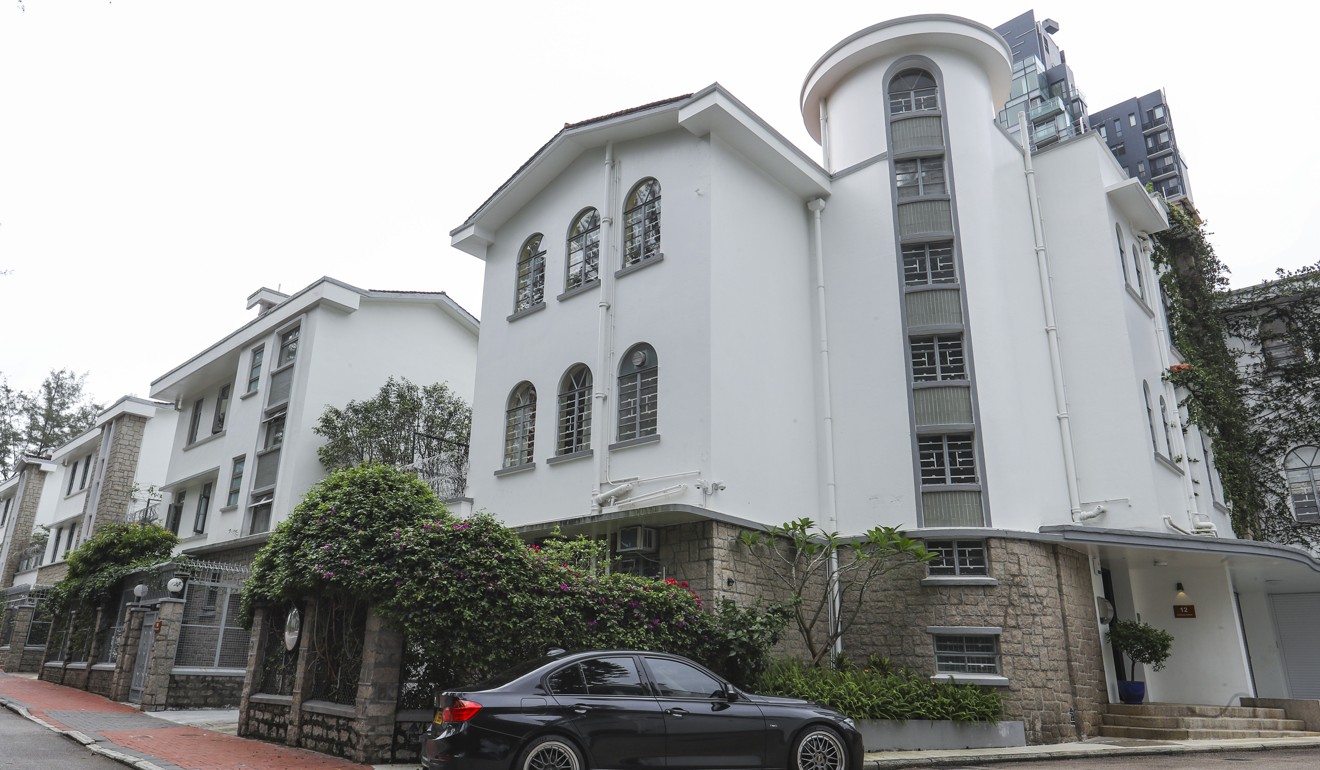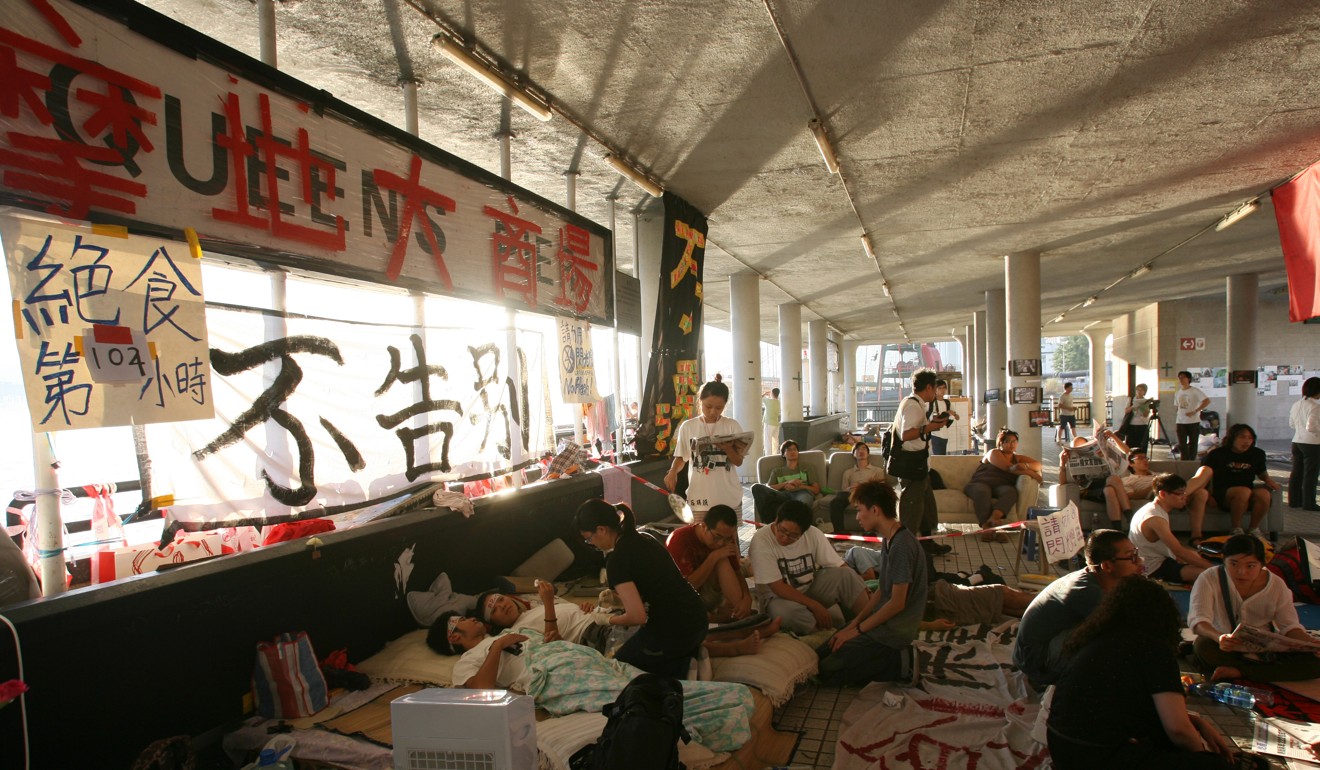
Officials in unprecedented move to protect Hong Kong’s heritage by creating new system to save modern buildings from developers’ wrecking ball
- Antiquities Advisory Board urging government to protect buildings such as the Choi Hung public housing estate
- Move comes as iconic landmarks like the General Post Office and Excelsior hotel face demolition

A top adviser to the Hong Kong government on heritage issues has revealed how he is pressing for a new system to evaluate modern architecture as a number of familiar landmarks face demolition.
Local support for preserving buildings erected after 1950 has been growing, with famous sites such as the General Post Office, the headquarters of the Garden Company bakery, and the Excelsior hotel due to be knocked down.
“In some sense we are racing against time,” said Douglas So Cheung-tak, chairman of the Antiquities Advisory Board (AAB). “Most of our city’s architecture was built after the war. I think we should assess those buildings because many of them are quite characteristic. The question is how and when to assess them.”
So’s push comes as the world grows increasingly aware of the importance of preserving elements of the 20th century. Countries such as Japan, Britain and the United States have all introduced programmes to identify and conserve modern architecture.

Conservation experts have urged the government to follow the global trend of giving greater importance to a building’s community influence when appraising its cultural significance, and have called for the wider participation of people in decision making.
The specialists have named an array of quintessentially Hong Kong buildings they believe are worth conserving, such as the rainbow-coloured Choi Hung public housing estate, the cylindrical Lai Tak Tsuen, the Bauhaus-inspired Kadoorie Hill white houses, and the towering glass and steel HSBC bank headquarters in Central.
So told the Post that the AAB had reached its final stage in evaluating 1,444 pre-war sites of potential heritage value, as well as 300 candidates proposed by the community.
After examining the remaining 240 buildings on the lists, the board would turn to modern architecture, he said.
The Antiquities and Monuments Office is now forming a seven-member team to conduct a preliminary study of post-war buildings.

So said the board should assess modern buildings with a new criteria and grading system, formed with reference to overseas practice. That is because post-war buildings might not score highly using some of the existing indicators, such as history and rarity.
At present, the board grades a building’s heritage status based on factors including historical importance, architectural merit, community influence, authenticity, rarity, and whether they have “group value” as part of a compound.
Buildings assessed to have top heritage value will be declared monuments and enjoy legal protection. Those of merit but less importance will be assigned a grade in a three-tier system, which does not stop owners from demolishing those properties.

Such a system has long been criticised for downplaying a building’s social value, and has often failed to save graded sites from the wrecking ball.
Between 2006 and 2007, tens of thousands of people protested against the government’s plan to knock down the Star Ferry Pier and Queen’s Pier in Central. Protesters said the piers, which were built in the 1950s, were part of Hongkongers’ collective memory. The movement failed to save the piers, but it fuelled calls for the preservation of the city’s post-war heritage.
“Collective memory plays an important part to the development of a city, and Hong Kong cannot afford to keep losing its significant structures,” said Michael Morrison, partner of architectural conservation firm Purcell, and an adjunct professor at the University of Hong Kong.
Lee Ho-yin, head of the university’s division of architectural conservation programmes, said a global trend was to prioritise modern buildings’ social value.
“Social value cannot be decided by specialists,” Lee said. “The emphasis on social value will democratise heritage conservation.”
Lee said the antiquities board should conduct large-scale surveys among the public to identify modern heritage candidates.
He added that the surveys should focus on categories of sites with extensive community connections, such as schools, public housing estates, medical institutions, public spaces, town halls and transport facilities.
Morrison said modern buildings should also be assessed for their architectural excellence and whether they embodied a particular type of structure that was worth protecting.
For example, he said, the HSBC headquarters, designed by Norman Foster, and the Bank of China Tower, designed by Ieoh Ming Pei, both in Central, should be considered for legal protection.
Morrison said the city could learn from England, where buildings more than 30 years old qualify for heritage assessment, and all graded historic buildings are legally protected from demolition or significant alteration without permission.
“The property rights of building owners need to be curtailed,” Morrison said. “[In England] this is seen as being in the wider public interest – protecting the historic estate for future generations.”
However, So said Hong Kong was different from other regions in that “the problem of limited land for a large number of people is much more severe”.
He said private property rights were also protected by local laws and the city’s mini-constitution, the Basic Law.
“The difficulty we are facing is how to protect our unique architecture while addressing the need for economic development,” he said.
So said the 21-member AAB would need more time to prepare for a discussion on how best to grade and protect modern buildings.
“But rest assured that I will definitely not avoid this issue,” he said.
Additional reporting by Joyce Ng